How Much Should My Breastfed Baby Be Eating? (Am I Overfeeding?)
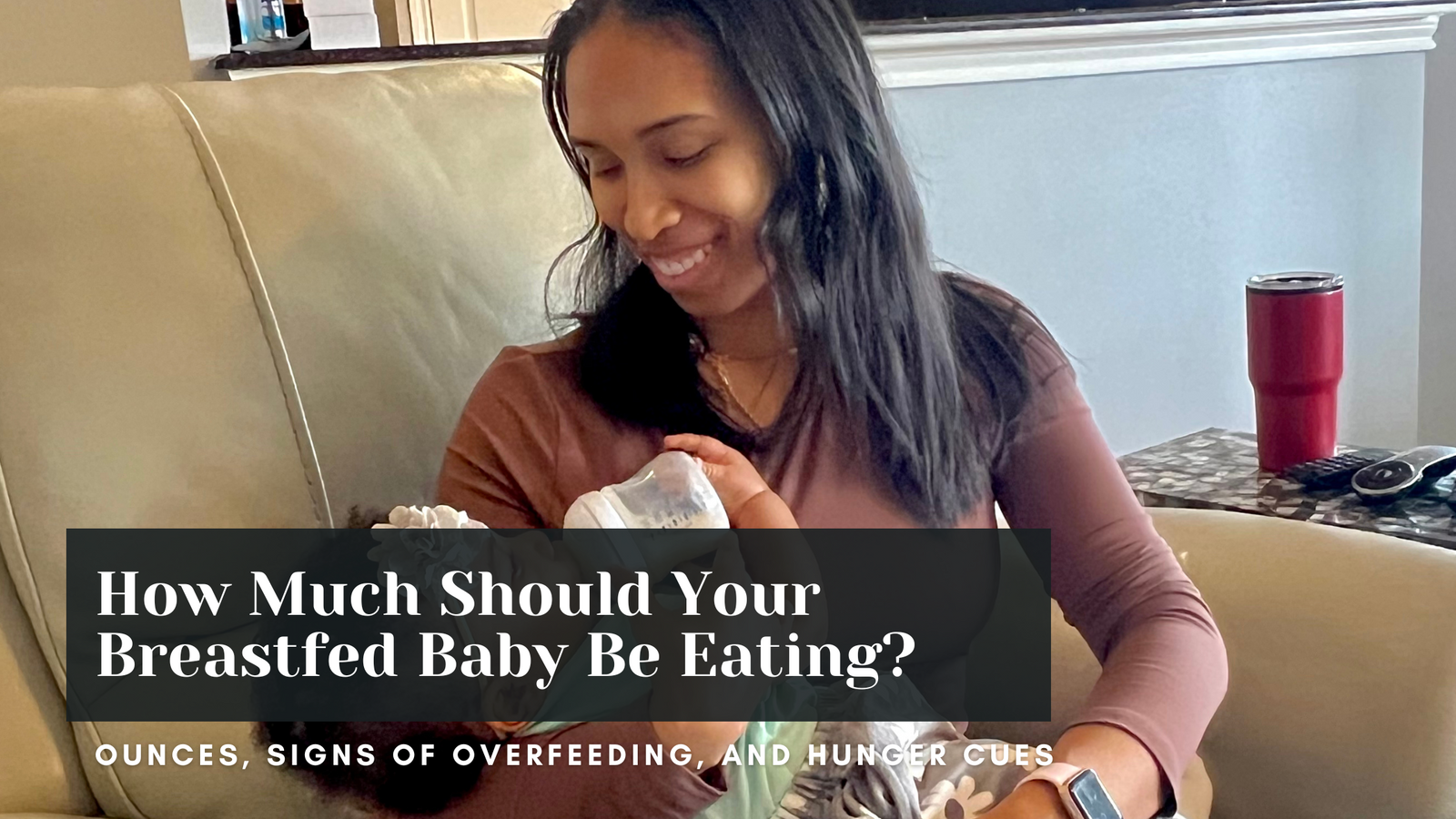
There’s a few contributing factors to your milk supply stash getting low. You could be experiencing a dip in your milk supply, your pumping frequency may have changed, or you could simply be overfeeding.

In this Article:
- What Is Overfeeding?
- How Much Should Your Baby Be Eating?
- What Are Signs You're Overfeeding?
- Recommendation To Measure Volume and Avoid Overfeeding
What is Overfeeding?
Overfeeding is when your baby is getting above the necessary amount of breastmilk intake.
Some things to consider are: 1) Are you feeding baby on-demand or based on a routine? If you’re not actively seeing hunger cues before offering up the breast or bottle, chances are you could be overfeeding.
How much should your baby be eating?
If baby is feeding directly from the breast, they are in control and should eat on-demand, as often as they'd like. You'll notice that when baby is first born, they'll eat more frequently and time in between feedings will gradually increase as they get older.
Breastfed babies tend to follow the recommended intake volumes determined by American Association of Pediatrics:
| Age | Time between feedings | Ounces per feeding |
| 0-1 Month | 2-3 hours | 1-3 ounces |
| 1-3 Months | 3-4 hours | 3-4 ounces |
| 3-6 months | 4-6 hours | 4-8 ounces |
| 6-9 months | 4-6 hours | 6-8 ounces |
| 9-12 months | 5-8 hours | 7-8 ounces |
It's important to note that this chart is just a guide and because all babies are different, you may notice that their feeding volumes may not match exactly as described here.
*For example, my daughter is 7 months and still consumes 4-5 ounces every 5 hours. This volume has stayed the same from 4 months of age. We haven't introduced solids yet, but she's still meeting milestones and there's no cause for concern.
Another important note is that once breastfed babies reach 6 months of age and you begin to introduce solids into their diet, the amount of breastmilk they consume may vary as well.
Signs you’re Overfeeding your baby?
Breastmilk is based entirely on supply and demand. The more milk you remove from the breast, the more milk your body creates.
Signs you’re Overfeeding:
Babies who are breastfed will have cues and indicators that they are full. These indications are:
- Unlatching from breast.
- Turning head away from breast or bottle.
- Pushing away food (or bottle).
- Frequently spitting up after feeds.
- Seemingly uncomfortable.
- Trouble falling asleep.
- Fussy from being overly stuffed.
- Falling asleep during feeds.
- Slowing down suckling.
- Sounds of hard gulping.
- Baby appears easily distracted and uninterested in feeding.
Other signs you're overfeeding your baby.
- You’re feeding based on a routine and not actively responding to hunger cues.
- Your baby isn’t finishing bottles as often.
- Baby’s diapers are more soiled than usual.
- You feel like you’re having trouble keeping up with their feeding demand.
- Your milk stash is lower than usual, but your pumping schedule and volume hasn’t changed.
Feeding on-demand allows you to accurately respond to hunger cues, help baby communicate effectively. If you feel that you're struggling to keep up with your milk supply, check that you're not offering up the bottle before baby is ready.
Hunger cues
Signs that babies are hungry include:
- placing their hands, fingers, and fists to their mouth
- moving their head from side to side
- opening their mouth and searching for the breast
- sticking out their tongue
- puckering their lips as if to suck
- nuzzling against breast
- crying
Recommendation To Measure Volume and Avoid Overfeeding
If you're primarily pumping breastmilk, It's easier to identify the amount of breastmilk your baby is consuming.
Pumping using a wearable and handsfree gives you the flexibility to pump on-the-go and store milk to offer up during your baby's hunger cues.
Muscle Up Mommy J35 Wearable Breast Pump is:
- Hands-Free
- Cordless and doesn't have any clunky parts
- Fits seamlessly inside your nursing bra for discreet pumping anywhere, anytime.
- Completely flexible and doesn't restrict movement.
Additionally, you can continue your regular lifestyle and not lose your milk supply because you can pump on-the-go.
If this article has helped you, comment and share with a friend.
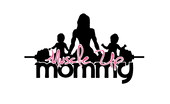

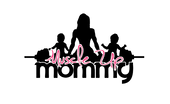


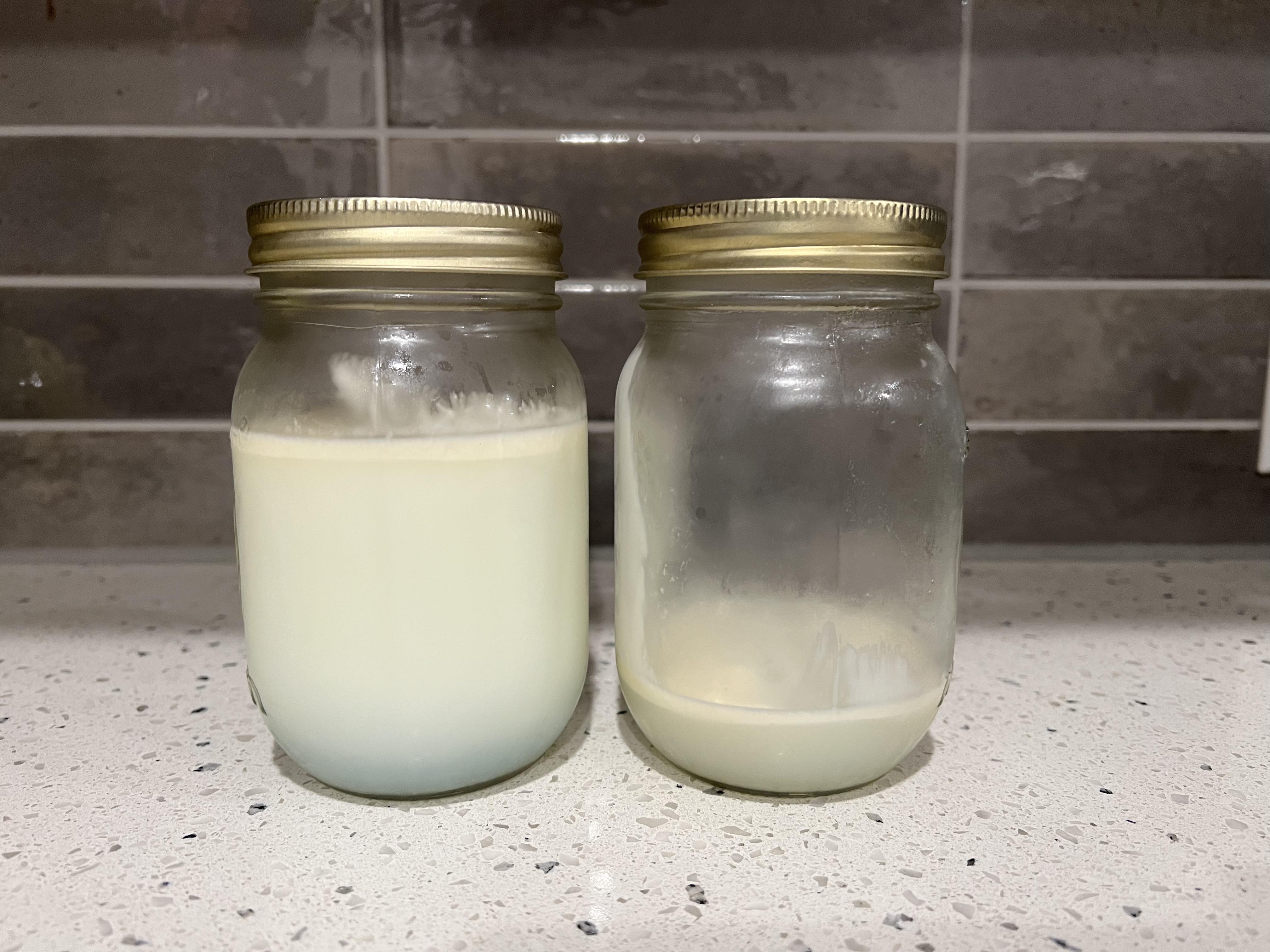
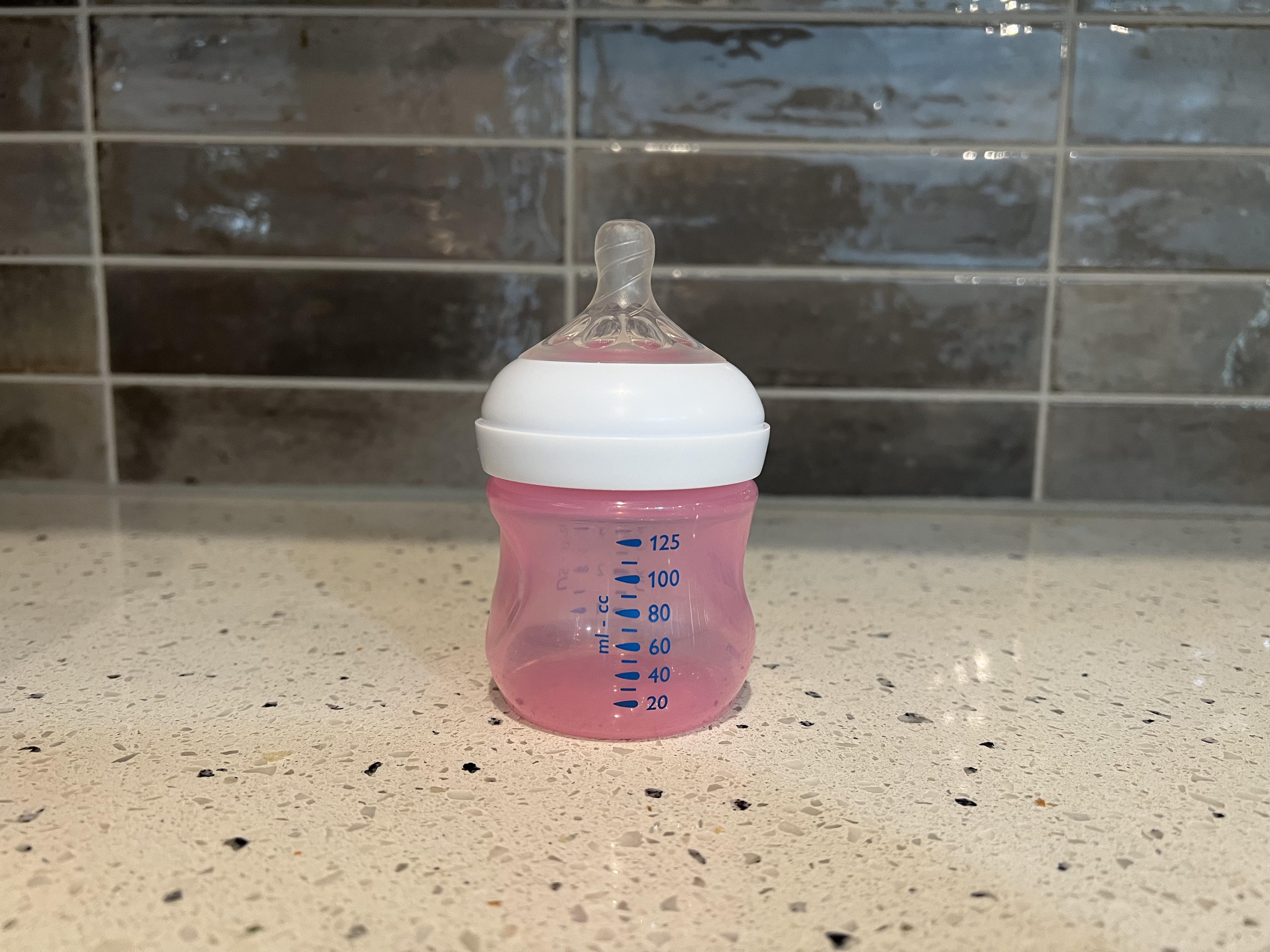
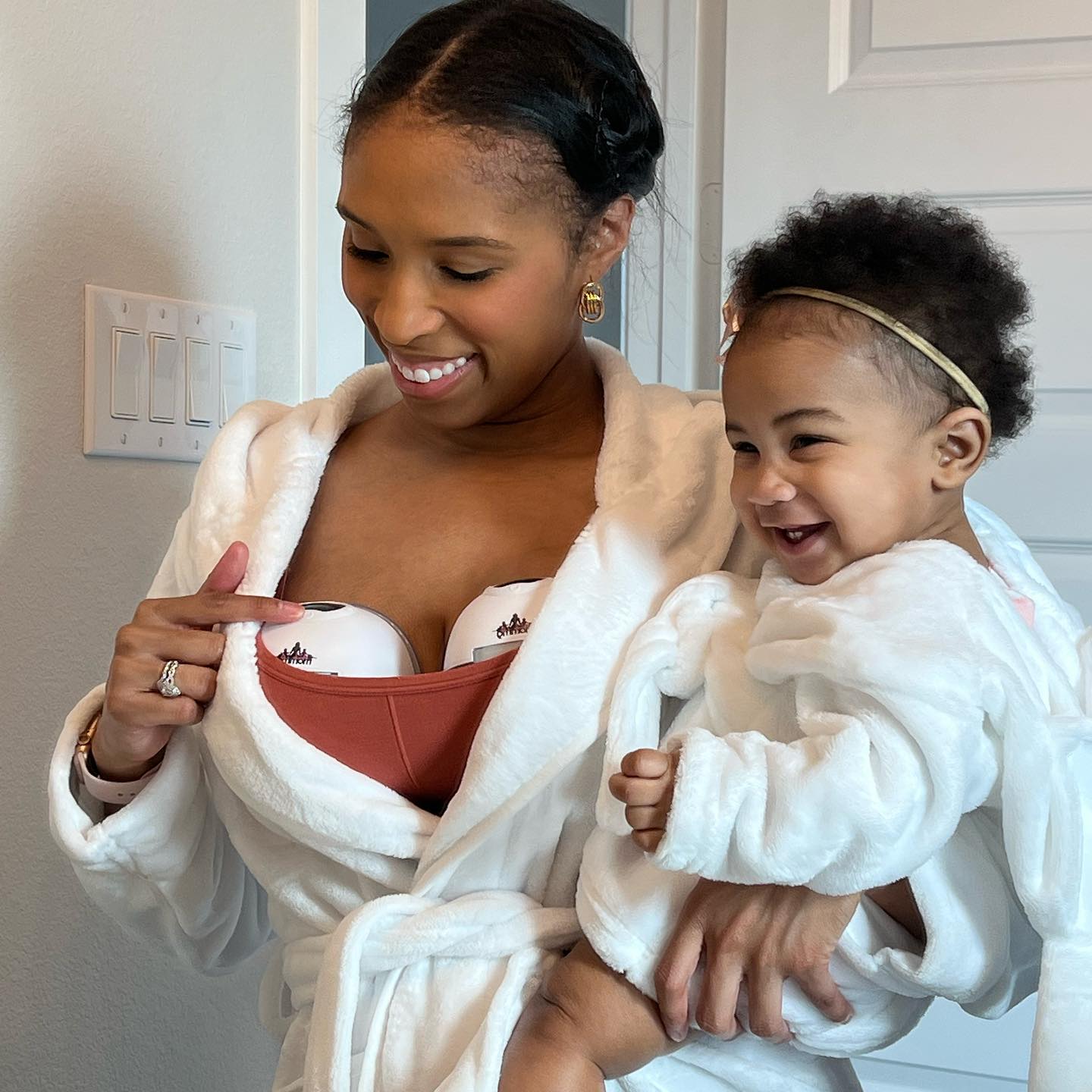
Leave a comment